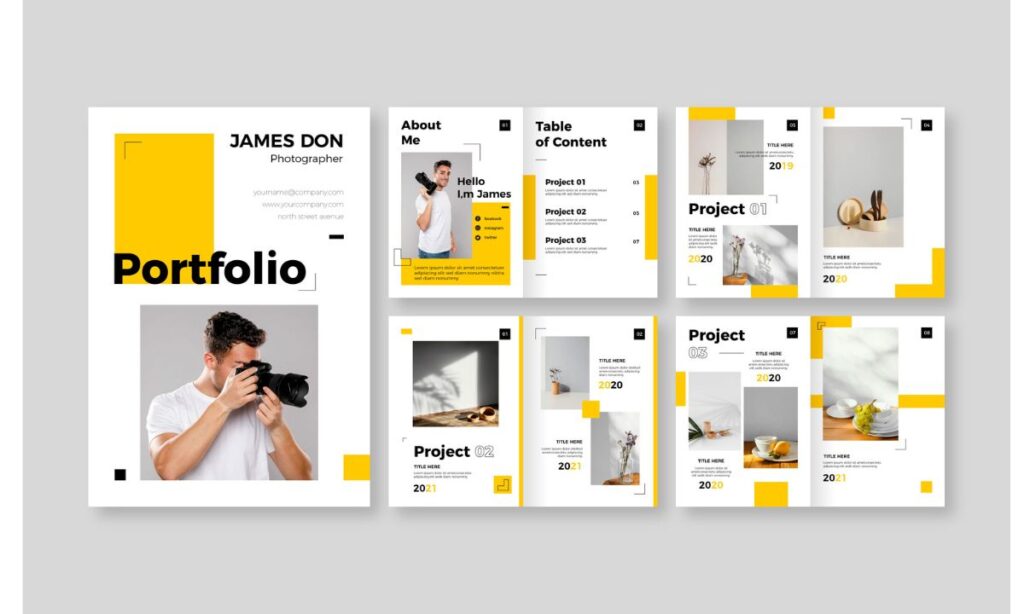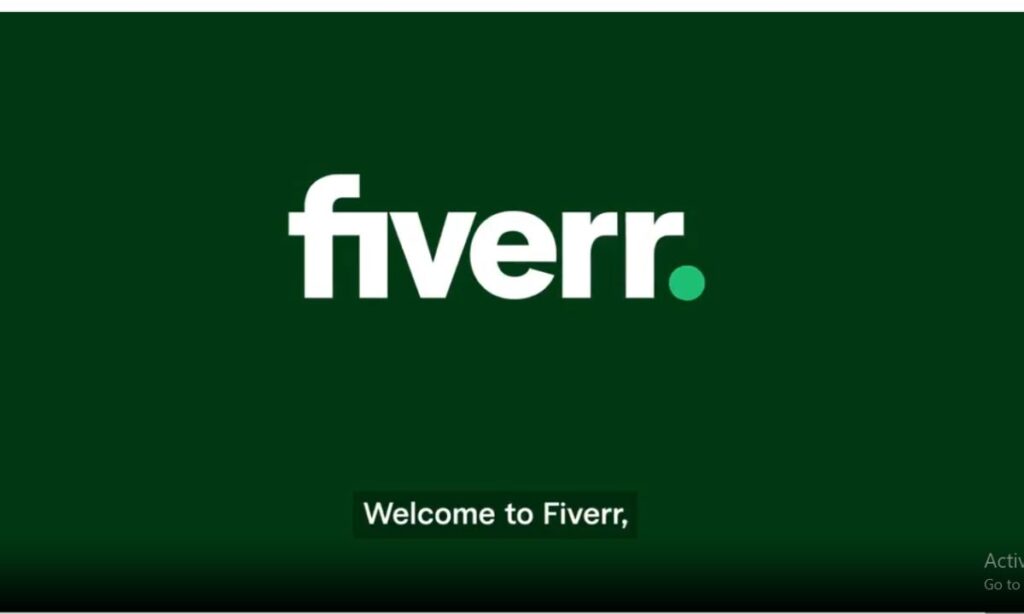Whether you’re just starting out as a freelancer or looking to elevate your career, building a strong portfolio for freelancing is one of the most critical steps to showcase your skills, attract clients, and establish credibility. In this post, we’ll walk you through creating a professional freelance portfolio that stands out and helps you land your dream projects.
From understanding a portfolio to mastering its creation, we’ll cover everything in detail with practical tips and examples. So grab a coffee and dive into this ultimate guide to crafting the perfect freelancer website portfolio!
Why Do You Need a Freelance Portfolio?
Think of your freelance portfolio as your storefront. It’s where potential clients come to browse your skills and decide if you’re the right fit for their needs. A compelling portfolio can:
- Showcase your expertise in a specific field.
- Build trust and credibility with clients.
- Highlight your best work and achievements.
- Serve as proof of your skills, even if you’re new to freelancing.
Without a portfolio, you’re just another name in a sea of freelancers. Let’s make sure yours shines bright!
What is a Freelance Portfolio?
A freelance portfolio is a collection of your best work designed to demonstrate your skills, experience, and capabilities to potential clients. It can include:
- Examples of completed projects.
- Client testimonials or reviews.
- Case studies explaining the results you’ve achieved.
- A brief bio about you and your professional journey.
The beauty of a portfolio is its flexibility—you can design it to reflect your personality and the unique services you offer.
How to Build a Freelance Portfolio: Step-by-Step
Let’s break down the process of creating a freelance portfolio into manageable steps.
Step 1: Define Your Niche and Target Audience
Before you create your portfolio, you need clarity on who you’re building it for.
- Choose your niche: Whether you’re a graphic designer, writer, web developer, or social media manager, focus on one area where you excel.
- Understand your audience: Ask yourself, “What are my potential clients looking for?” Tailor your portfolio to address their needs.
For instance, if you’re a freelance graphic designer specializing in logo creation, your portfolio should showcase high-quality logos with a focus on branding.
Step 2: Select the Right Format for Your Portfolio
The format of your portfolio matters. Here are a few options:
- Freelancer Website Portfolio
- Creating a personal website is the most professional way to display your work. Platforms like WordPress, Squarespace, or Wix make it easy to build a stunning site.
- Key sections to include:
- Home/About Me
- Portfolio (your work samples)
- Services
- Testimonials
- Contact
- PDF or Digital Portfolio
- A downloadable PDF is a good option if you’re sending your portfolio to potential clients directly. Make sure it’s well-designed, visually appealing, and easy to navigate.
- Portfolio Platforms
- If you’re not ready for a full website, platforms like Behance, Dribbble, or even LinkedIn can serve as portfolio hosts.
Step 3: Gather Your Best Work
This is the heart of your portfolio—your work samples. Choose examples that:
- Represent your best skills.
- Are relevant to your niche and target audience.
- Demonstrate the results you’ve achieved for clients.
If you’re new and don’t have much client work, don’t worry! Create mock projects or work for friends and family to build a solid foundation.
Step 4: Write Case Studies
Case studies add depth to your portfolio by showing not just what you did, but how you did it.
Include the following:
- Client Background: A brief description of the client and their needs.
- Your Approach: Explain how you solved their problem.
- The Results: Use measurable metrics (e.g., “Increased traffic by 50% in 3 months”).
Step 5: Add Testimonials and Reviews
Nothing builds trust faster than social proof. Ask your past clients for testimonials or reviews. Even a short note about their experience working with you can make a big difference.
Step 6: Design Your Portfolio
Your portfolio should be as visually appealing as it is informative. Keep these design tips in mind:
- Use clean, minimalistic layouts.
- Make navigation intuitive.
- Include high-quality images of your work.
- Use colors and fonts that match your branding.
Step 7: Write a Captivating About Me Section
Your portfolio isn’t just about your work—it’s also about you. Use this section to:
- Share your professional journey and passions.
- Highlight your unique selling points (e.g., quick turnaround time, attention to detail).
- Show a bit of personality to make you relatable.
Step 8: Optimize for SEO
If you’re creating a freelancer website portfolio, optimizing it for search engines is a must.
- Use keywords like “how to make a freelance portfolio” and “freelancer website portfolio” in your content.
- Add meta descriptions and alt text for images.
- Ensure your website is mobile-friendly.
Step 9: Keep It Updated
Your portfolio is a living document. Update it regularly with new projects, testimonials, and achievements to keep it fresh and relevant.
Tips for Building a Successful Portfolio
- Start small: If you’re a beginner, focus on a few strong examples rather than trying to include everything.
- Tell a story: Use case studies to make your work more relatable.
- Keep it concise: Potential clients won’t spend hours on your portfolio—make it easy to skim.
- Be authentic: Show your personality and unique perspective.
- Ask for feedback: Share your portfolio with peers or mentors for constructive criticism.
Common Mistakes to Avoid
- Overloading your portfolio with too much content.
- Ignoring the importance of design and presentation.
- Failing to tailor your portfolio to your niche.
- Using generic, uninspiring language.
Conclusion
Building a freelance portfolio may seem daunting, but by following these steps, you can create a powerful tool that represents your skills, builds trust, and helps you land clients. Whether it’s a stunning freelancer website portfolio or a simple PDF, your portfolio is your ticket to success in the freelancing world.
Now that you know how to create a professional freelance portfolio, it’s time to put these tips into action. Remember, your portfolio is a reflection of your skills and personality, so make it uniquely yours.
Happy freelancing!
FAQs
What should I include in my freelance portfolio if I’m just starting out?
If you’re new to freelancing and don’t have client work, you can:
Create mock projects to showcase your skills.
Use personal projects that highlight your expertise.
Offer free or discounted services to friends, family, or local businesses in exchange for permission to showcase the work in your portfolio.
Include testimonials or references from volunteer projects or internships.
How often should I update my freelance portfolio?
You should update your portfolio regularly, ideally:
After completing a major project.
When you receive new client testimonials or reviews.
If your skillset changes or evolves.
To ensure the portfolio reflects your latest style, tools, or trends relevant to your niche.
Is a personal website better than a platform-based portfolio?
A personal website is ideal because:
It gives you full control over design and branding.
It looks professional and sets you apart from competitors.
It helps you rank on search engines with SEO optimization.
However, portfolio platforms like Behance or Dribble are great for freelancers seeking exposure within creative communities. Using both can maximize your reach.
How many work samples should I include in my portfolio?
Quality matters more than quantity. Include 5–10 strong examples that:
Represent your best work.
Highlight a variety of skills and styles relevant to your niche.
Showcase measurable results when possible (e.g., increased website traffic or higher engagement).
Can I create a freelance portfolio without technical skills?
Absolutely! You can use beginner-friendly website builders like Wix, Squarespace, or Canva to create a stunning portfolio without coding knowledge. For those preferring simplicity, a well-designed PDF or hosting your work on platforms like LinkedIn or Behance works just as well.
Welcome to Digital Profit Track, sharing powerful tips on digital marketing, freelancing, and online earning to help you achieve financial freedom.
Contact me at: team@digitalwsf.com.




